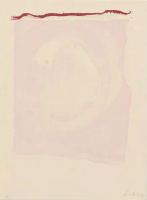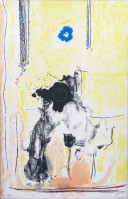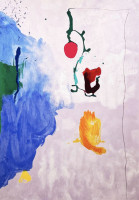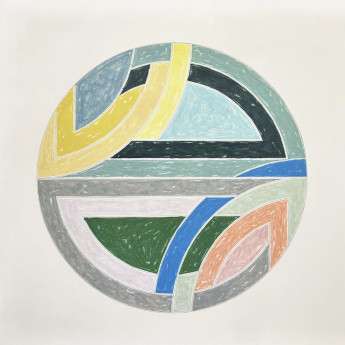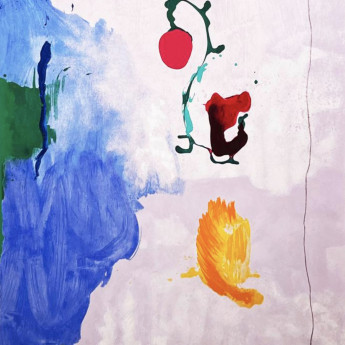Helen Frankenthaler
Helen Frankenthaler (USA, 1928–2011) was a leading abstract painter and a pioneer of the Color Field movement. Known for her innovative 'soak-stain' technique, she applied diluted paint directly onto unprimed canvases, creating luminous, fluid compositions that redefined modern abstraction.
- Recently Added
- Price (Low-High)
- Price (High-Low)
- Year (Low-High)
- Year (High-Low)
Helen Frankenthaler
Untitled (What Red Lines Can Do), 1970
Limited Edition Print
Serigraph
USD 6,700
Helen Frankenthaler
Pompeii Forte, 1976-82
Limited Edition Print
Etching And Aquatint
Inquire For Price
Helen Frankenthaler
Valentine For Mr. Wonderful (book), 1995
Limited Edition Print
Intaglio
USD 15,700
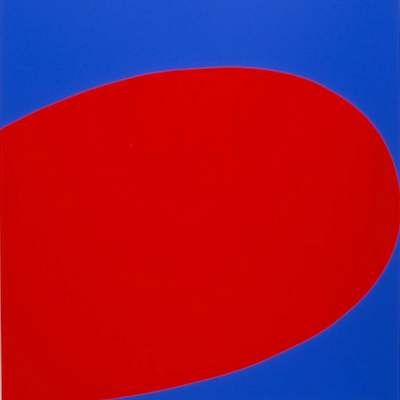
What is Colour Field Painting?
Colour Field Painting is an abstract style characterized by large areas of a single color or simple, solid colors. The term was first used in the 1950s to describe the work of three American Abstract Expressionist painters—Barnett Newman, Mark Rothko, and Clyfford Still. Their work emphasized the emotional power of color and the creation of vast, meditative spaces through expansive color fields.






